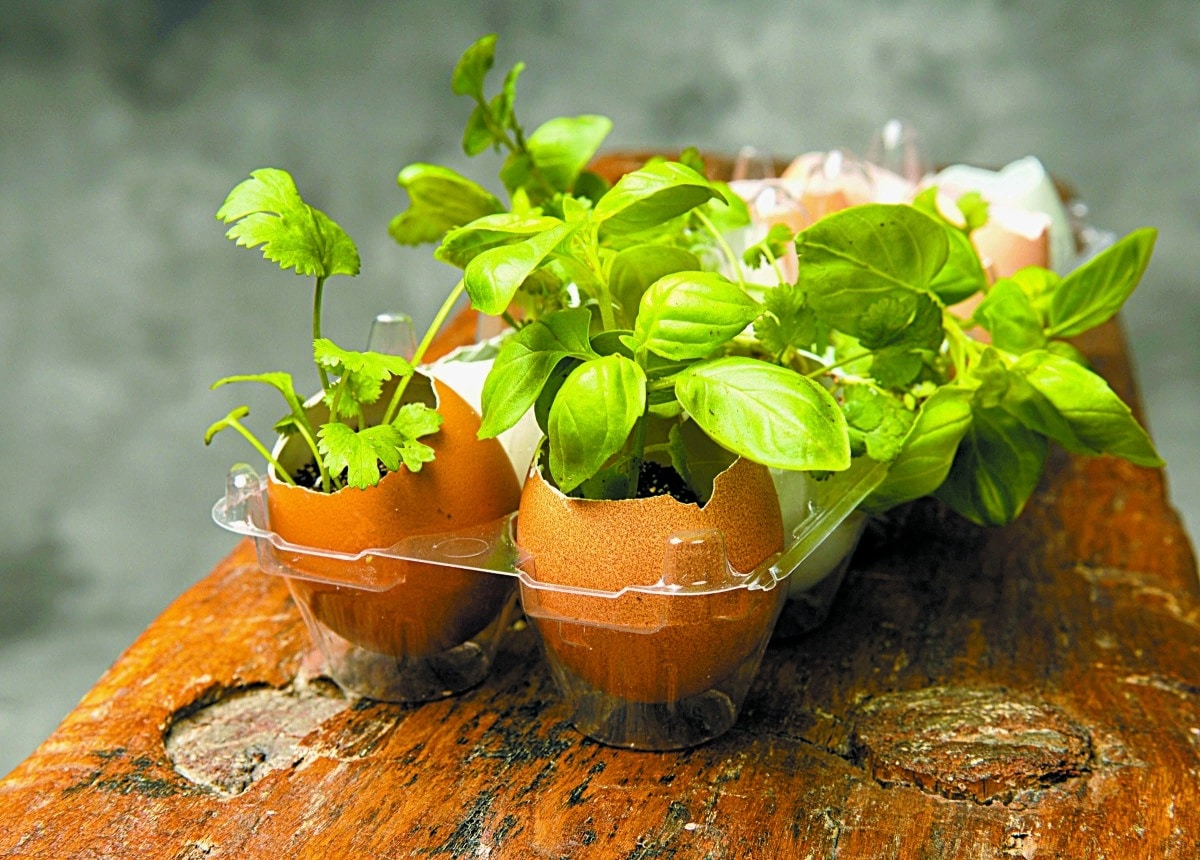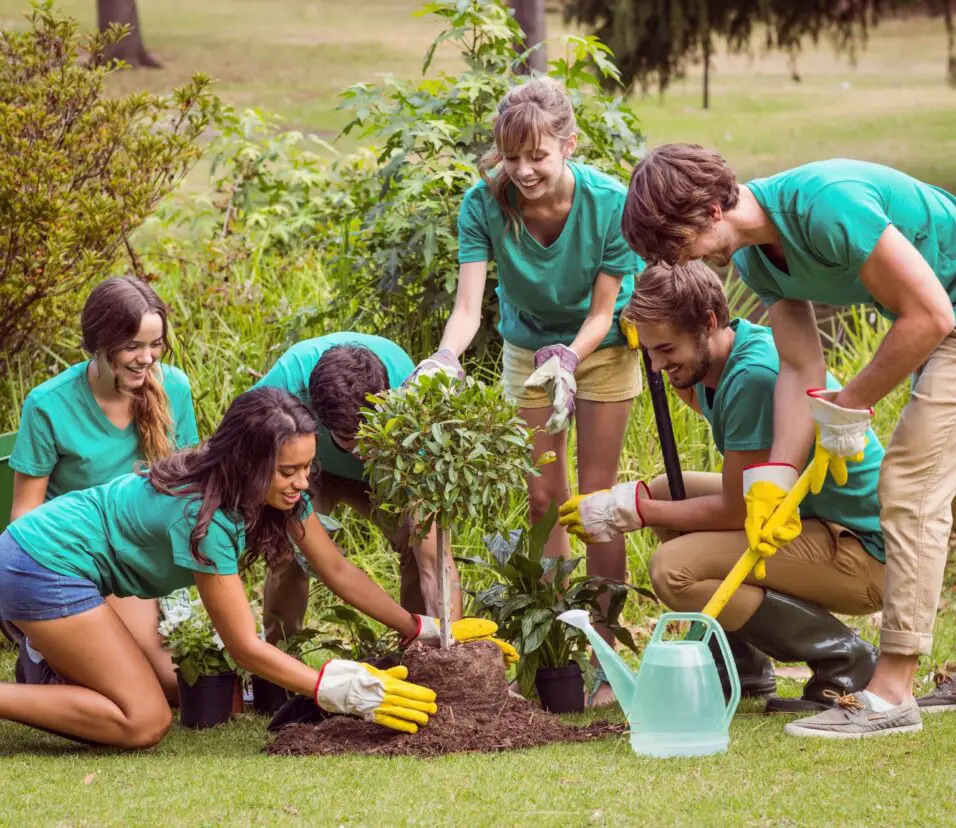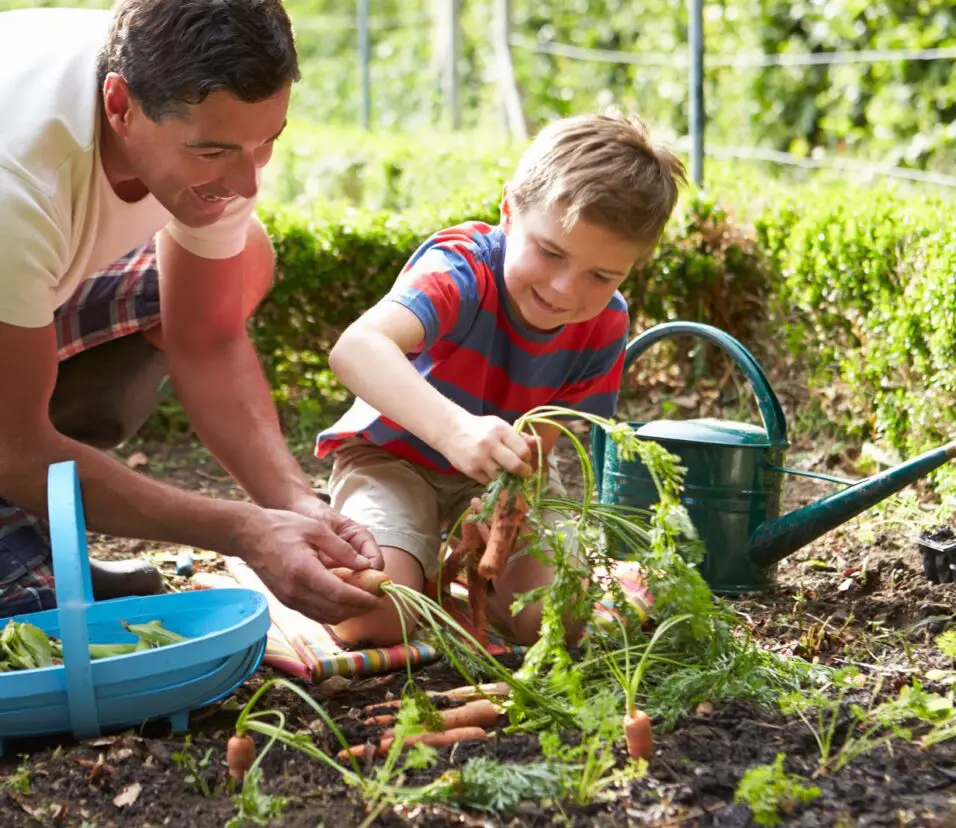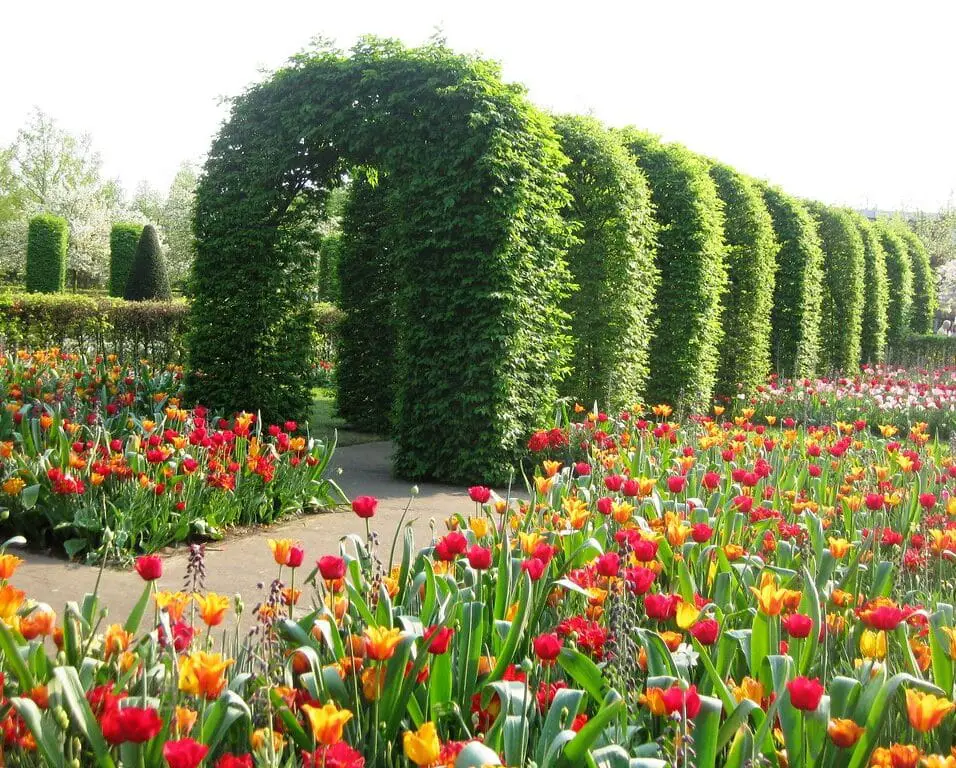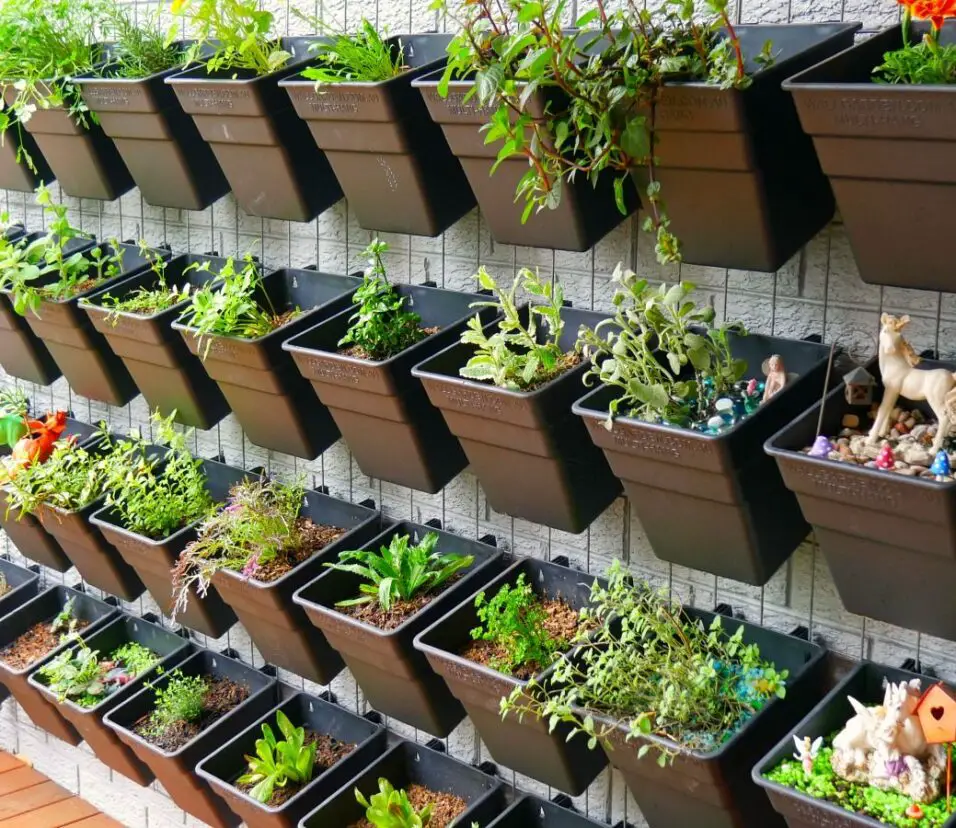Are Eggshells Good For Gardening
Introduction
Are Eggshells Good For Gardening: In the fascinating world of gardening, enthusiasts are continually seeking natural and sustainable ways to nourish their plants and promote robust growth. Amid this quest, a seemingly humble yet surprisingly effective solution emerges: eggshells. These fragile remnants of our breakfast routines have garnered attention as a valuable resource for enhancing soil health and benefiting various aspects of gardening.
Eggshells, typically discarded as waste, possess an array of attributes that make them a valuable asset in the urban gardening realm. Composed primarily of calcium carbonate, they contribute an essential nutrient – calcium – that is crucial for plant development. Calcium plays a pivotal role in strengthening cell walls, aiding root growth, and preventing disorders such as blossom end rot in tomatoes and peppers. The gradual release of calcium from eggshells serves as a natural and gentle supplementation method, enriching the soil over time.
Beyond their nutritional value, eggshells offer additional advantages. Their coarse texture aids in improving soil structure, promoting drainage in clay soils, and enhancing water retention in sandy soils. Crushed eggshells also act as a natural deterrent against certain pests like slugs and snails, creating a protective barrier around plants vulnerable to these intruders.
Eggshells’ role in gardening, we delve into the science behind their benefits, the methods of preparation and application, as well as practical tips for maximizing their positive impact on different types of plants. Whether you’re a novice gardener or a seasoned horticulturist, the integration of eggshells into your gardening practices may just be the eco-friendly solution you’ve been searching for to cultivate thriving and vibrant gardens.
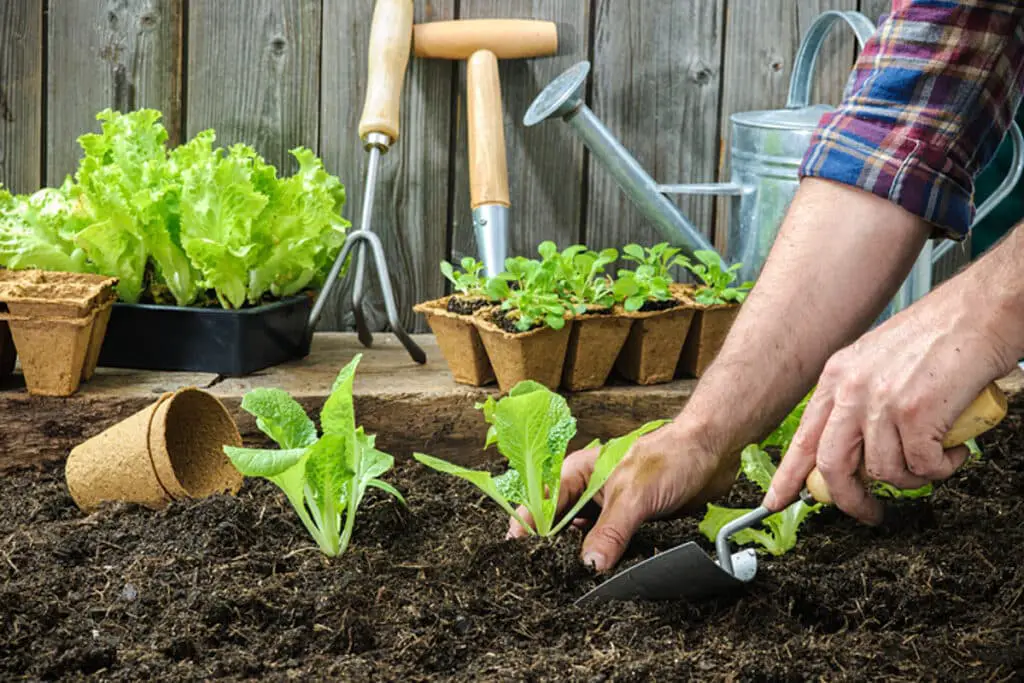
Can I put eggshells directly in my garden?
Egg shells are useful for growing tomatoes, peppers, aubergines, roses, hydrangeas, spider plants, ferns, and ivy.
Applying eggshells to your garden can be beneficial. Your garden can get calcium from crushed eggshells while enhancing soil structure and preventing pests. By carefully crushed eggshells, you expedite decomposition and help the soil absorb nutrients. The coarse crushed shells minimize compaction in clay soils, improving drainage, and increase water retention in sandy soils.
When adding eggshells to your garden, distribute them around plant bases or work them into the soil. The shells break down slowly, releasing calcium into the soil. Eggshells are useful, but they are only one part of holistic gardening. Balance them with other soil amendments and good plant care for optimal results. Crushed eggshells can boost the health of your garden, whether you’re growing veggies, flowers, or other plants.
Where should I put eggshells in my garden?
In The Compost Pile – How To Use Egg Shells In The Garden
Egg shells give the same nutrients to compost as they do to soil. Like used in and above garden planting holes, crush shells before adding them to your pile.
Gardening with eggshells requires proper positioning to maximize their benefits. Collect and clean eggshells first. Crumble them by hand or with a mortar and pestle after drying. Place crushed shells strategically throughout your garden.
Tomatoes and peppers prone to blossom end rot benefit from carefully working crushed eggshells into the soil around their bases. This slows calcium release, preventing these issues.
Encircle sensitive plants with crushed eggshells to prevent slugs and snails. These pests avoid shells because of their sharpness and are less likely to access your plants.
Add calcium to your compost pile by composting eggshells. This will help your entire garden.
Crushed eggshells mixed with water can be used as a natural spray to provide direct calcium to plants.
Remember, the goal is to gradually introduce calcium into the soil while also utilizing the shells’ texture to your advantage. Thoughtful placement of crushed eggshells can contribute to healthier, more robust plants and a flourishing garden overall.
How often should I put eggshells in my garden?
Because it takes several months for eggshells to break down and be absorbed by a plant’s roots, it is recommended that they be tilled into the soil in fall. More shells can be mixed into your soil in the spring.
The frequency of adding eggshells to your garden depends on several factors, including the needs of your plants, the existing soil composition, and the rate of decomposition of the eggshells. As a general guideline, incorporating crushed eggshells into your garden 2-3 times a year can be effective.
At the start of the growing season, as plants begin to establish themselves, apply a layer of crushed eggshells around the base of calcium-sensitive plants like tomatoes, peppers, and squash. This initial application helps provide a steady calcium source as the plants develop.
Midway through the growing season, consider a second application. This is particularly important for plants that continuously require calcium, such as fruit-bearing varieties. Renewing the crushed eggshell layer ensures a consistent supply of this nutrient as the plants continue to grow and produce.
Towards the end of the growing season, you can opt for another round of eggshell incorporation. This serves to fortify the soil with calcium before the plants enter their dormant phase.
However, keep in mind that the rate of eggshell decomposition can vary based on factors like soil moisture, temperature, and microbial activity. Regularly assess the condition of the eggshells in your garden, and if they seem to have broken down significantly, consider replenishing them as needed.
By adhering to this seasonal approach, you provide your plants with a consistent and gradual source of calcium, helping to foster healthier growth and improved resilience throughout the gardening year.
How do you mix egg shells for garden?
I will add 1 heaping TBSN of the eggshells along with 1 TBSN of Epsom salts, into the hole I have dug in the pot, or in the ground. Stir them around a bit, than plant your tomato or pepper plant. The eggshells will add extra calcium into the soil, which can help prevent blossom end rot.
Mixing eggshells into your garden is a straightforward process that involves a few key steps to ensure optimal integration. Begin by collecting and cleaning eggshells thoroughly to remove any residual egg whites or membranes. After they’ve dried, crush the eggshells into small, manageable pieces. This can be done using a mortar and pestle, a rolling pin, or even by hand.
Once you have your crushed eggshells ready, identify the areas in your garden where they will be most beneficial. For plants prone to calcium deficiencies or pests, like tomatoes and peppers, gently work the crushed eggshells into the soil around their base. You can also scatter the crushed shells around the root zones of other plants in need of calcium.
Another method involves incorporating crushed eggshells into your compost pile. As you add kitchen scraps and other compostable materials, intersperse the crushed eggshells to infuse calcium into the compost. When the compost breaks down, it becomes a nutrient-rich addition for your entire garden.
Remember, moderation is key. While eggshells offer benefits, an excessive amount can alter the pH of your soil. Aim for a balanced approach by incorporating them a few times a year, especially during the start of the growing season and as plants mature. This ensures a steady release of calcium without overwhelming the soil’s composition.
By thoughtfully mixing crushed eggshells into your garden through these methods, you contribute to soil health, foster plant vitality, and encourage a flourishing garden ecosystem.
What are some advantages of using crushed eggshells in gardening beyond their nutritional value?
Beyond their nutritional value, crushed eggshells offer a range of advantageous qualities that make them a valuable asset in gardening practices. One notable advantage is their contribution to soil structure improvement. The coarse texture of crushed eggshells helps to loosen compacted soils, promoting better drainage in heavy clay soils and enhancing water retention in sandy soils. This aids in creating an optimal growing environment for plants, allowing roots to access water, nutrients, and oxygen more effectively.
Moreover, crushed eggshells can serve as a natural pest deterrent. The abrasive surface of the shells creates a barrier that deters pests like slugs and snails from accessing plants. This method offers an eco-friendly alternative to chemical pesticides, aligning with sustainable gardening practices.
In addition, crushed eggshells can play a role in pH regulation. While not a significant influence, their calcium carbonate content can help buffer soil pH, assisting in maintaining a favorable pH range for plant growth.
Furthermore, the incorporation of eggshells into the garden presents a creative way to repurpose kitchen waste, reducing waste sent to landfills. By recycling eggshells back into the ecosystem, gardeners contribute to a circular and environmentally conscious approach.
In essence, crushed eggshells extend their benefits beyond the realm of nutrition, offering advantages in soil structure, pest management, pH regulation, and waste reduction. Embracing these multi-faceted benefits, gardeners can create healthier and more vibrant garden spaces.
Could you elaborate on how eggshells contribute to improving soil structure, and what types of soil can benefit from this?
Eggshells play a significant role in enhancing soil structure due to their coarse and granular texture. When crushed eggshells are added to the soil, they create spaces between soil particles, promoting better aeration and water movement. This is particularly beneficial for heavy clay soils that tend to become compacted, limiting root growth and drainage. The coarse nature of eggshells counteracts the fine particles in clay, preventing excessive compaction and enabling roots to penetrate more easily.
Additionally, eggshells contribute to the structure of sandy soils. These soils have larger particles and struggle with retaining water and nutrients. The introduction of crushed eggshells aids in binding these particles together, reducing excessive drainage and enhancing water retention capacity. This leads to a more balanced moisture level, preventing rapid drying out of sandy soils.
Both clay and sandy soils can benefit from the soil structure-improving properties of eggshells. In clay soils, the addition helps break up compacted layers, while in sandy soils, it aids in creating a more stable and moisture-retentive environment. By bridging the gap between these soil types, eggshells provide a versatile solution for gardeners seeking to optimize soil structure and foster healthier plant growth.
What are some strategic ways to place eggshells within a garden to maximize their positive effects on plant growth?
To harness the positive effects of eggshells on plant growth, strategic placement within a garden is key. One effective approach involves incorporating crushed eggshells around the base of calcium-hungry plants such as tomatoes, peppers, and squash. This provides a slow and consistent release of calcium during their growth stages, minimizing the risk of disorders like blossom end rot.
For plants vulnerable to pests like slugs and snails, encircling them with a ring of crushed eggshells creates a natural deterrent. The abrasive texture of the shells acts as a barrier, preventing these pests from reaching the plants.
Incorporating crushed eggshells into compost piles infuses the compost with calcium, enriching the overall nutrient content. When the compost is later applied to the garden, it benefits a wide range of plants.
Consider making a calcium-rich foliar spray by blending crushed eggshells with water. This method delivers a direct calcium supply to the plant’s leaves, potentially preventing or addressing calcium-related issues.
Ultimately, the goal is to position crushed eggshells where their benefits are most needed. By targeting specific plants, incorporating them into compost, or utilizing them as a foliar spray, gardeners can strategically amplify their positive impact on plant growth, health, and resilience.
What pests can be deterred by incorporating crushed eggshells into a garden, and how does this method work?
Incorporating crushed eggshells into a garden serves as a natural deterrent against a range of pests, most notably slugs and snails. These soft-bodied pests are averse to the jagged and abrasive texture of crushed eggshells. When these shells are spread as a barrier around vulnerable plants, they create a physical obstacle that pests find challenging to navigate. As slugs and snails attempt to cross this barrier, their soft bodies come into contact with the sharp edges of the eggshells, deterring them from continuing their path and protecting the plants within the defined area.
This method of pest deterrence is environmentally friendly and avoids the use of chemical pesticides. By utilizing crushed eggshells, gardeners can naturally safeguard their plants from these common garden nuisances, reducing the need for harsh chemicals while contributing to a more balanced and sustainable garden ecosystem.
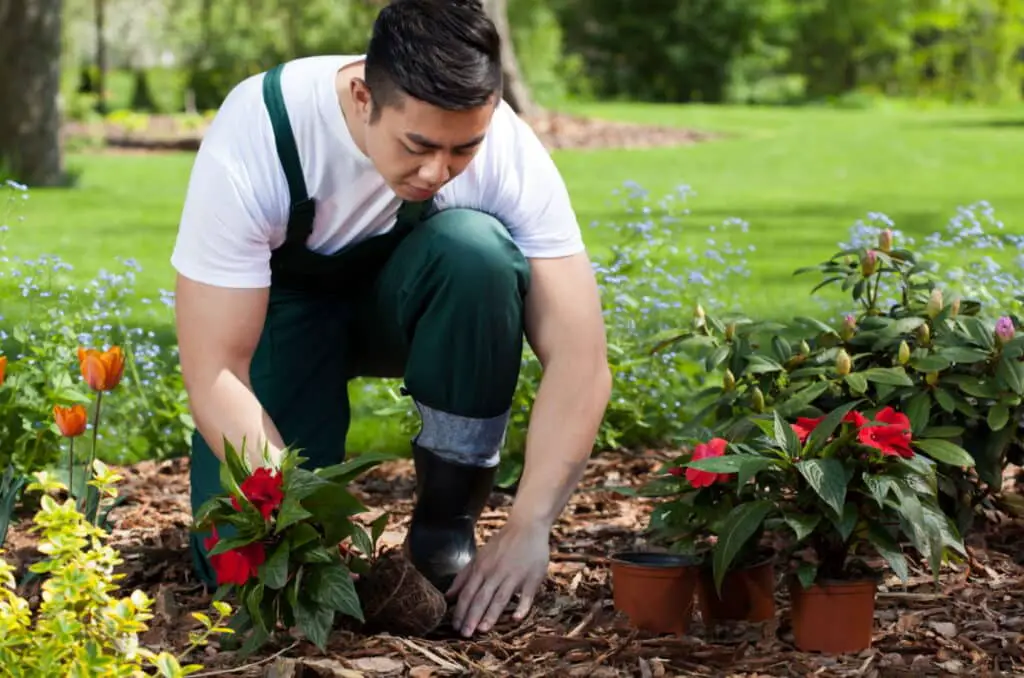
Conclusion
In the realm of gardening, where innovation and sustainability converge, the unassuming eggshell emerges as a remarkable ally. Explored beyond its culinary role, the eggshell’s potential as a garden asset is nothing short of remarkable. Through this journey, we’ve unveiled its multi-faceted advantages, surpassing mere nutritional value.
Eggshells demonstrate their prowess in enhancing soil structure, benefiting both clay and sandy soils by improving drainage and water retention. Their coarse texture not only aids root penetration but also deters pests like slugs and snails, granting gardeners a natural defense mechanism. The slow release of calcium from eggshells addresses the needs of calcium-hungry plants, preventing disorders and fostering robust growth.
This organic, circular approach extends to composting, where eggshells contribute to nutrient-rich soil amendments, and to their transformation into foliar sprays, nourishing plants directly. As we conclude, the message is clear: eggshells hold a place of significance in the realm of sustainable gardening. Their integration into our gardening practices not only showcases resourcefulness but also speaks to our commitment to nurturing thriving gardens while respecting the delicate balance of our environment. With use eggshells, we embark on a journey toward healthier, more vibrant gardens, rooted in ecological consciousness and the power of nature’s simplicity.



